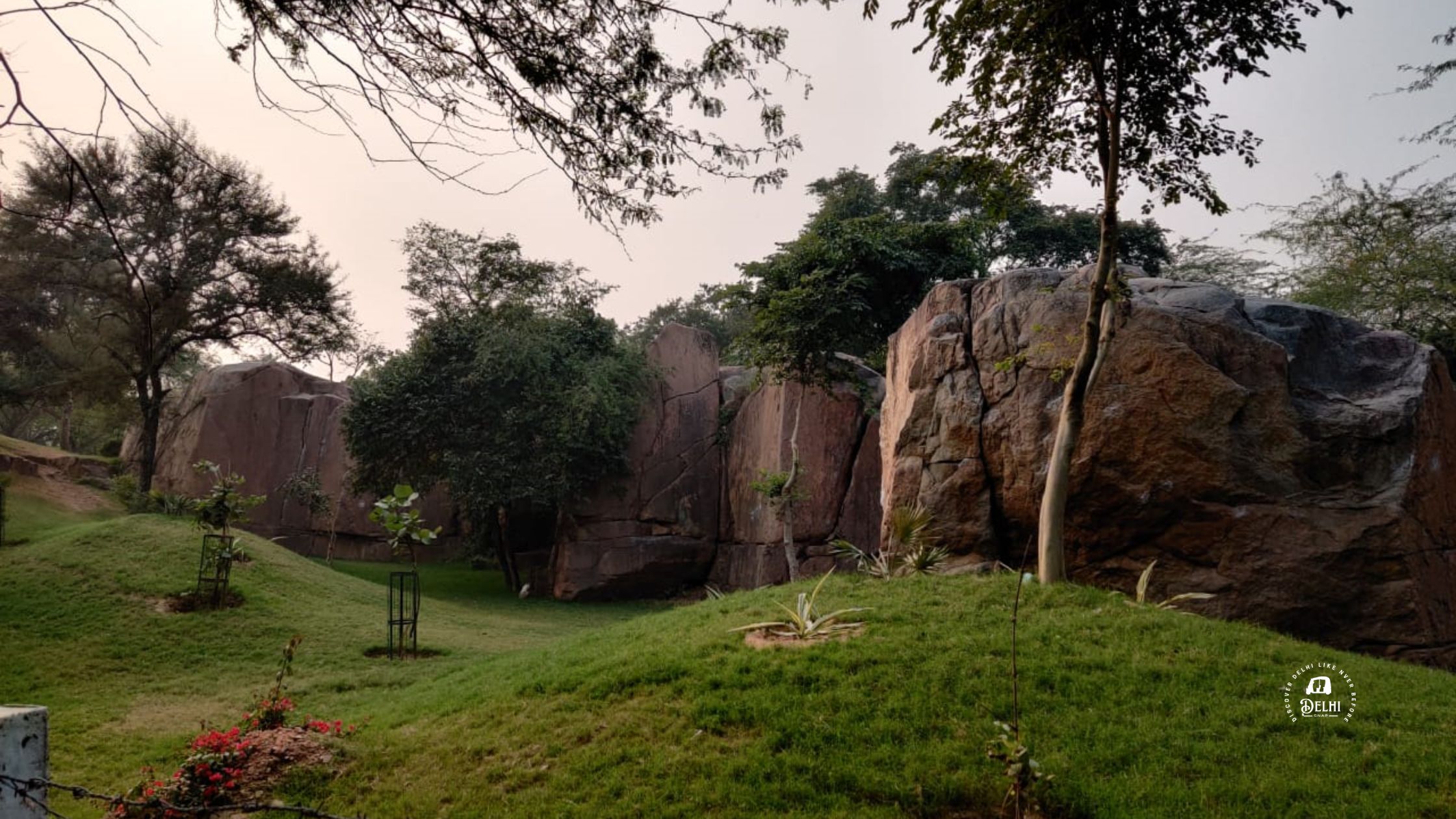In the bustling city of tranquility, Mehrauli, lies a hidden gem that epitomizes peace, harmony, and non-violence – Ahinsa Sthal. This sacred monument is a testament to the teachings of Jainism, an ancient Indian religion that promotes non-violence and compassion towards all living beings.
Ahinsa Sthal, also known as the “Place of Non-Violence,” stands as a symbol of the enduring principles that have shaped India’s cultural fabric. In this blog, we will take you on a captivating journey to explore the significance of Ahinsa Sthal and why it is a must-visit destination for seekers of serenity and spirituality.
Unraveling the Essence of Ahinsa Sthal:
Ahinsa Sthal is a Jain temple complex, adorned with intricate marble carvings and surrounded by lush green gardens. The primary deity worshipped here is Lord Mahavira, the 24th Tirthankara of Jainism, who is considered a great spiritual teacher and exemplar of non-violence. This site is not just a place of worship but also a sanctuary of inner reflection and meditation. The ambiance is rich with positive vibrations, creating an atmosphere conducive to self-discovery and enlightenment.
The Teachings of Non-Violence:
The core philosophy of Jainism revolves around the principle of non-violence or “ahinsa.” Jains believe in living a life that causes minimal harm to all living beings, from the tiniest insects to the largest animals. Ahinsa Sthal embodies this principle, reminding visitors of the importance of compassion and empathy towards all life forms. It serves as a gentle yet profound reminder to practice kindness and lead a life of virtue.
Masterpiece of Architectural Brilliance:
Apart from its spiritual significance, Ahinsa Sthal is a masterpiece of architectural brilliance. The temple’s construction boasts a blend of traditional and contemporary architectural styles. The intricate carvings on the marble walls narrate stories from Jain mythology, showcasing the rich heritage and artistic finesse of ancient India. As you walk through the temple complex, you’ll be mesmerized by the symmetrical layout and the grandeur of the edifice.
Embracing Oneness with Nature:
The architecture of Ahinsa Sthal is thoughtfully integrated with nature. The sprawling gardens surrounding the temple not only add to the aesthetic beauty but also symbolize the Jain principle of non-possession and non-attachment to material possessions. Visitors are encouraged to connect with nature, fostering a sense of oneness with the environment and acknowledging the interconnectedness of all living beings.
A Pilgrimage of Tolerance:
Beyond its religious significance, Ahinsa Sthal holds immense value as a pilgrimage site of tolerance and harmony. It welcomes people of all faiths and backgrounds to come together and appreciate the teachings of non-violence and compassion. In a world rife with conflict, this sacred place serves as a gentle reminder of the power of unity and the importance of coexistence.
An Educational Expedition:
For those interested in history and culture, Ahinsa Sthal offers an educational expedition. The museum within the temple complex houses artifacts, manuscripts, and relics that provide insights into Jain traditions, scriptures, and the life of Lord Mahavira. Exploring the museum is akin to taking a captivating journey through time, unraveling the wisdom of the past.
Conclusion:
Ahinsa Sthal is not just a monument; it is a repository of timeless wisdom that resonates with people from all walks of life. The serene ambiance, the profound teachings of non-violence, the architectural splendor, and the spirit of tolerance make it a must-visit destination in Mehrauli. Whether you seek spiritual enlightenment, a moment of tranquility amidst chaos, or an opportunity to learn about a rich cultural heritage, Ahinsa Sthal will undoubtedly leave an indelible impression on your heart and mind.





This was both informative and hilarious! For more details, click here: LEARN MORE. What’s your take?
Wow! Thank you! I always wanted to write on my website something like that. Can I include a portion of your post to my website?
Today, I went to the beach front with my kids. I found a sea shell and gave it to my 4 year old daughter and said “You can hear the ocean if you put this to your ear.” She placed the shell to her ear and screamed. There was a hermit crab inside and it pinched her ear. She never wants to go back! LoL I know this is totally off topic but I had to tell someone!
We stumbled over here coming from a different web address and thought I might check things out. I like what I see so now i am following you. Look forward to checking out your web page for a second time.
Keep working ,splendid job!
I conceive you have noted some very interesting details , thankyou for the post.
This is a topic close to my heart cheers, where are your contact details though?